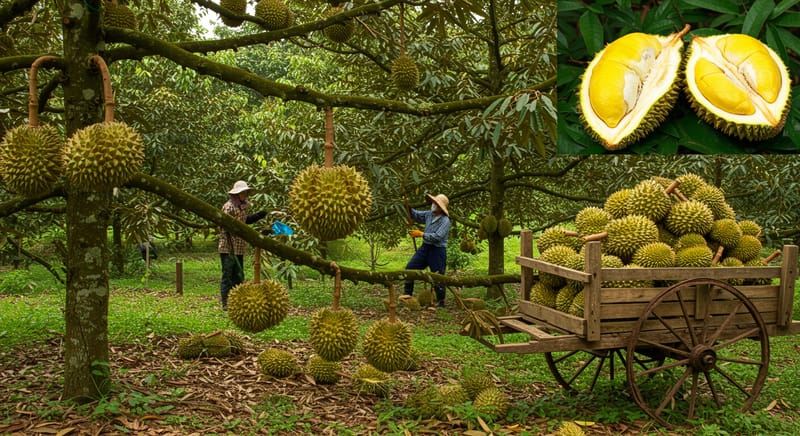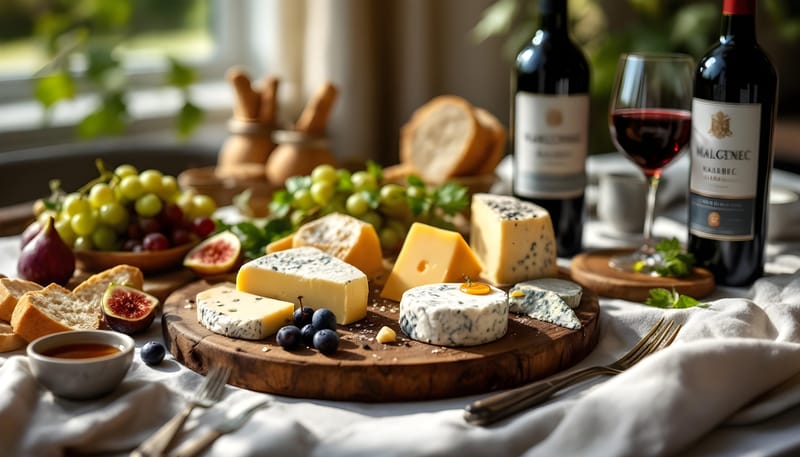The Emergence of Vietnam's Wine Empire: A Tale of Tradition, Innovation, and Aspirations
In the heart of Southeast Asia lies a story that intertwines tradition, innovation, and the burgeoning aspirations of a nation. This is the tale of Vietnam's emerging wine empire, a narrative that stretches across lush highlands and vibrant cities, connecting past legacies with future possibilities. The Seeds of

In the heart of Southeast Asia lies a story that intertwines tradition, innovation, and the burgeoning aspirations of a nation. This is the tale of Vietnam's emerging wine empire, a narrative that stretches across lush highlands and vibrant cities, connecting past legacies with future possibilities.
The Seeds of a Wine Culture
The journey begins in Vietnam's Central Highlands, where the remnants of French colonial influence linger in the form of a blossoming wine culture. Amidst the cooler climates of these highlands, a venture into winemaking took root, diverging from the traditional Vietnamese palate. It was here, in the city of Dalat, that a nascent industry found its footing, spurred on by the discovery that the highland terrain lent itself surprisingly well to vine cultivation.
Challenges and Innovations
The early days were marked by challenges, with local grape varieties proving too tart for traditional wine tastes. Innovation, therefore, became the cornerstone of the industry's growth. Winemakers began experimenting with sweeter fruit wines, blending local varieties with imported expertise. As Vietnam opened its doors to the world, new investments and technologies from Australia and Europe infused the local industry with renewed vigor.
A Unique Flavor Profile
The Vietnamese wine industry soon carved out its niche, focusing on sweeter wines that catered to Asian palates. This distinctive approach was a departure from Western preferences, but it resonated strongly within the local and regional markets. The addition of local fruits like mulberries to the wines not only enhanced their sweetness but also provided a unique color and character.
The Contemporary Scene
Today, Vietnam's wine industry is a vibrant tapestry of local and international influences. From small, artisanal producers to larger, more established ventures, the industry reflects the diverse tastes and preferences of its consumers. The market, still in its nascent stages, is steadily growing, with a keen interest in wine pairing and appreciation developing among the urban elite.
Looking Ahead
The future of Vietnam's wine industry is as promising as it is challenging. With a market still dominated by imported wines, the local industry faces the task of elevating its profile and winning over a population that often favors foreign labels. Yet, the potential for growth is immense, particularly as the nation's middle class expands and its tastes become more sophisticated.
Conclusion
Vietnam's journey into the world of winemaking is more than just the story of a beverage; it is a narrative of cultural integration, innovation, and aspiration. As the industry continues to evolve, it stands as a testament to the nation's ability to embrace its heritage while charting a new course in a global landscape. This is the story of Vietnam's wine empire—a tale of flavors, traditions, and dreams waiting to be uncorked.




